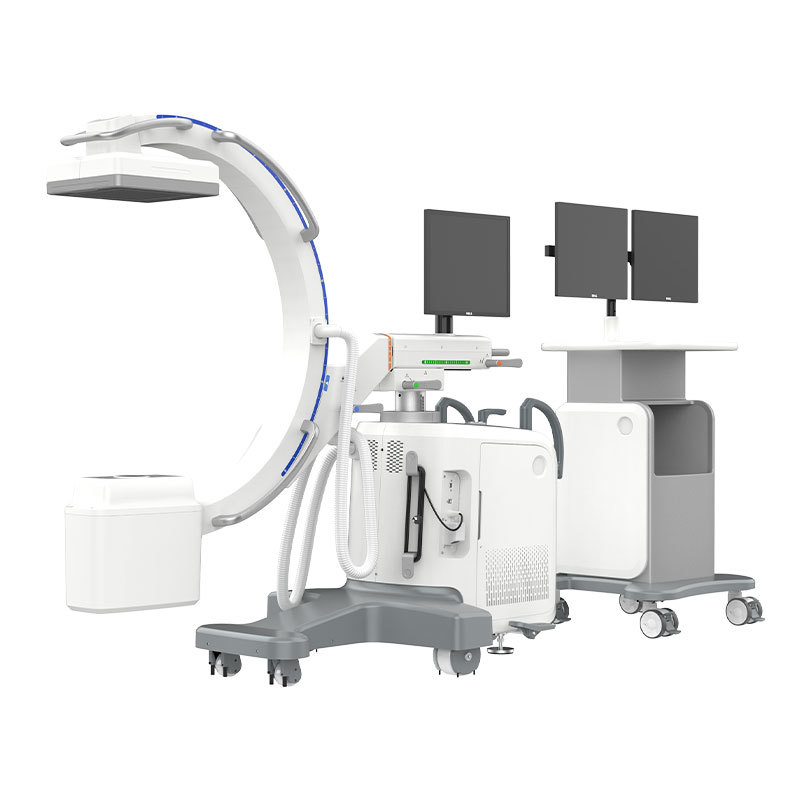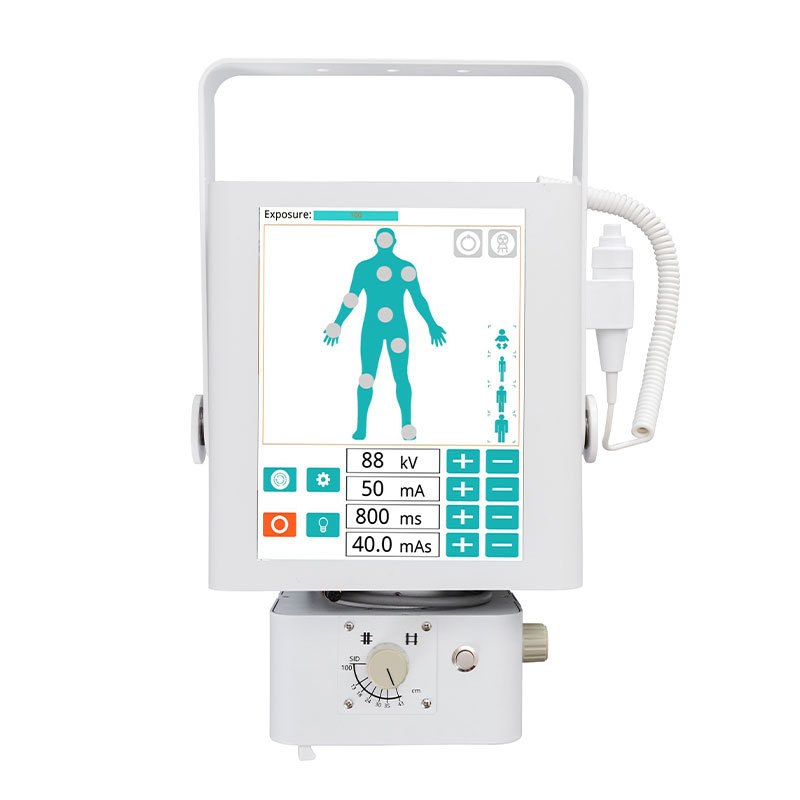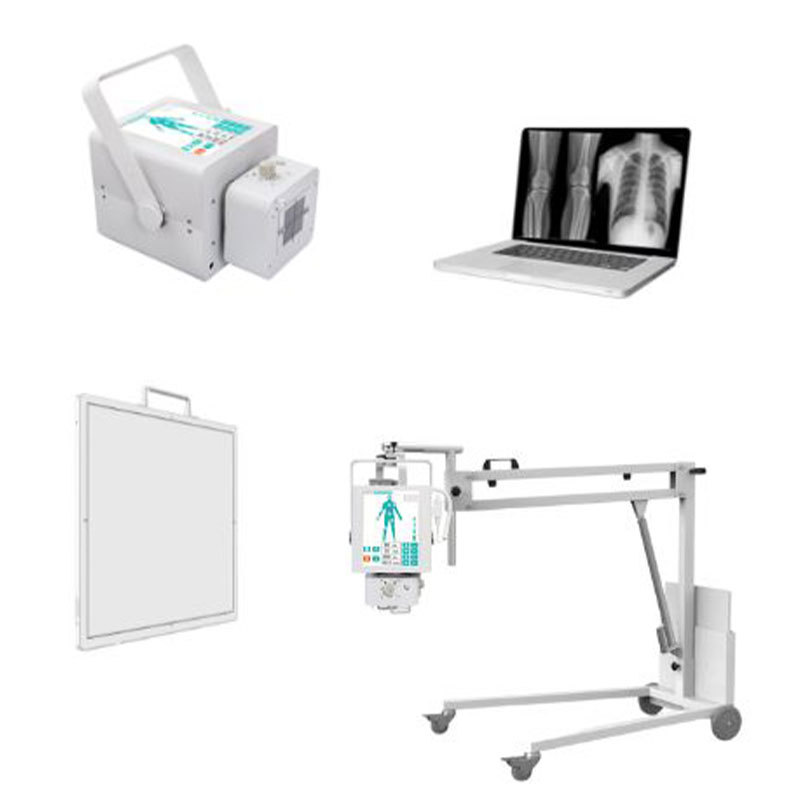Understanding Veterinary X-ray Imaging Systems: A Comprehensive Guide for Animal Health Professionals
Veterinary X-ray imaging systems play a crucial role in the diagnosis and treatment of various health conditions in animals. These systems utilize X-ray technology to create detailed images of an animal's internal structures, allowing veterinarians to assess conditions that may not be visible through external examinations. This imaging modality is vital for evaluating bone fractures, tumors, denta
Veterinary X-ray imaging systems play a crucial role in the diagnosis and treatment of various health conditions in animals. These systems utilize X-ray technology to create detailed images of an animal's internal structures, allowing veterinarians to assess conditions that may not be visible through external examinations. This imaging modality is vital for evaluating bone fractures, tumors, dental issues, and other internal ailments.
One of the primary advantages of veterinary X-ray imaging systems is their ability to provide quick and precise diagnostic information. The images produced can reveal critical insights into the animal's health status, enabling veterinarians to make informed decisions regarding treatment plans. Moreover, modern veterinary X-ray systems are designed to minimize radiation exposure, ensuring greater safety for both animals and staff during the imaging process.
There are several types of veterinary X-ray imaging systems available, including film-based systems and digital radiography. Digital radiography has gained popularity due to its enhanced image quality, immediate availability of results, and the ability to manipulate images for better analysis. Veterinarians can adjust settings to enhance visibility and focus on specific areas of concern, which is not possible with traditional film-based techniques.
The applications of veterinary X-ray imaging systems extend beyond simple diagnosis. They are instrumental in pre-operative assessments, helping veterinarians identify potential risks before surgical procedures. Additionally, these systems are invaluable for monitoring the progress of treatment, allowing for adjustments based on the animal's response. This ongoing evaluation is crucial, especially in cases of complex conditions that require long-term management.
Furthermore, veterinary X-ray imaging systems are not limited to large animals; they are equally effective for small pets, exotic animals, and wildlife. The versatility of these systems makes them an essential tool in various veterinary practices, from emergency clinics to specialized animal hospitals.
In summary, veterinary X-ray imaging systems are a fundamental component of modern veterinary medicine. They provide invaluable insights into animal health, enhance diagnostic accuracy, and improve treatment outcomes. As technology continues to advance, these systems will likely become even more sophisticated, offering new possibilities for diagnosing and managing animal health issues. Understanding the capabilities and benefits of these systems can empower veterinary professionals to deliver better care and improve the lives of their patients.
One of the primary advantages of veterinary X-ray imaging systems is their ability to provide quick and precise diagnostic information. The images produced can reveal critical insights into the animal's health status, enabling veterinarians to make informed decisions regarding treatment plans. Moreover, modern veterinary X-ray systems are designed to minimize radiation exposure, ensuring greater safety for both animals and staff during the imaging process.
There are several types of veterinary X-ray imaging systems available, including film-based systems and digital radiography. Digital radiography has gained popularity due to its enhanced image quality, immediate availability of results, and the ability to manipulate images for better analysis. Veterinarians can adjust settings to enhance visibility and focus on specific areas of concern, which is not possible with traditional film-based techniques.
The applications of veterinary X-ray imaging systems extend beyond simple diagnosis. They are instrumental in pre-operative assessments, helping veterinarians identify potential risks before surgical procedures. Additionally, these systems are invaluable for monitoring the progress of treatment, allowing for adjustments based on the animal's response. This ongoing evaluation is crucial, especially in cases of complex conditions that require long-term management.
Furthermore, veterinary X-ray imaging systems are not limited to large animals; they are equally effective for small pets, exotic animals, and wildlife. The versatility of these systems makes them an essential tool in various veterinary practices, from emergency clinics to specialized animal hospitals.
In summary, veterinary X-ray imaging systems are a fundamental component of modern veterinary medicine. They provide invaluable insights into animal health, enhance diagnostic accuracy, and improve treatment outcomes. As technology continues to advance, these systems will likely become even more sophisticated, offering new possibilities for diagnosing and managing animal health issues. Understanding the capabilities and benefits of these systems can empower veterinary professionals to deliver better care and improve the lives of their patients.
TAG:
Related Posts
Maximizing Efficiency in the Surgery Room with C-arms: A Comprehensive Guide
Maximizing Efficiency in the Surgery Room with C-arms
Table of Contents
1. Introduction to C-arms in Surgical Settings
2. The Role of C-arms in Modern Surgery
3. Key Advantages of Using C-arms
3.1 Enhanced Imaging During Procedures
3.2 Improved Surgical Outcomes
3.3 Increased Workflow Efficiency
4. Common Applications of C-arms in Surgery
4.1 Orthopedic Surgery
4.2 Cardiovascular Procedures
4.3 Ne




























